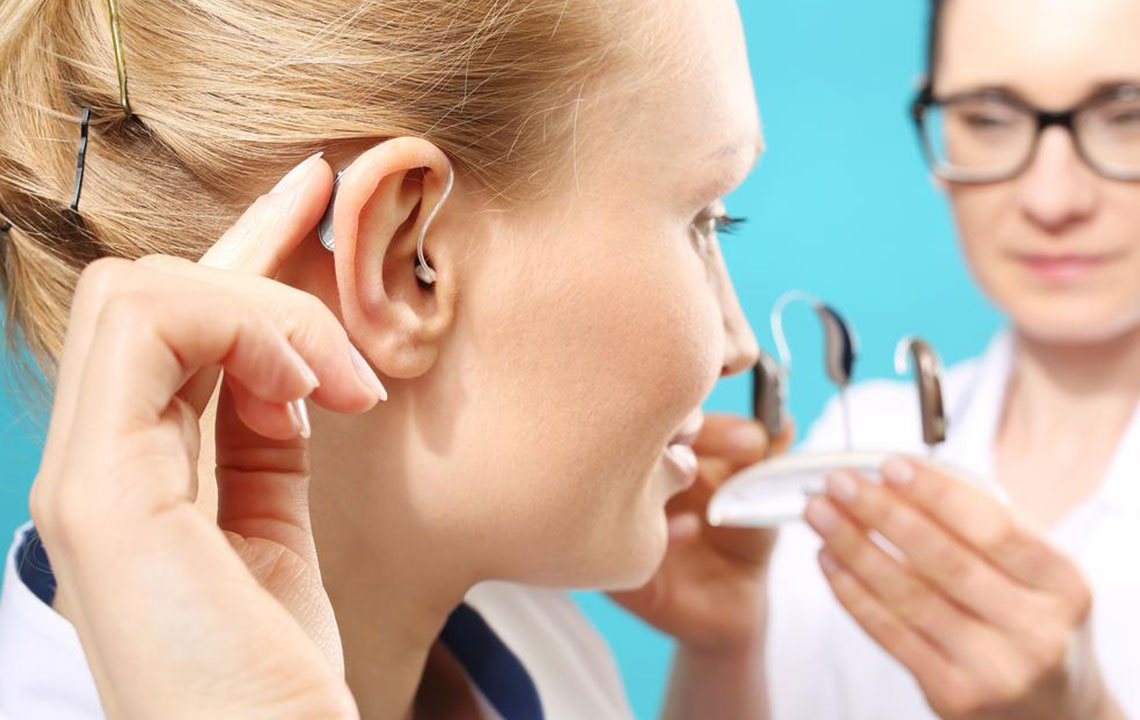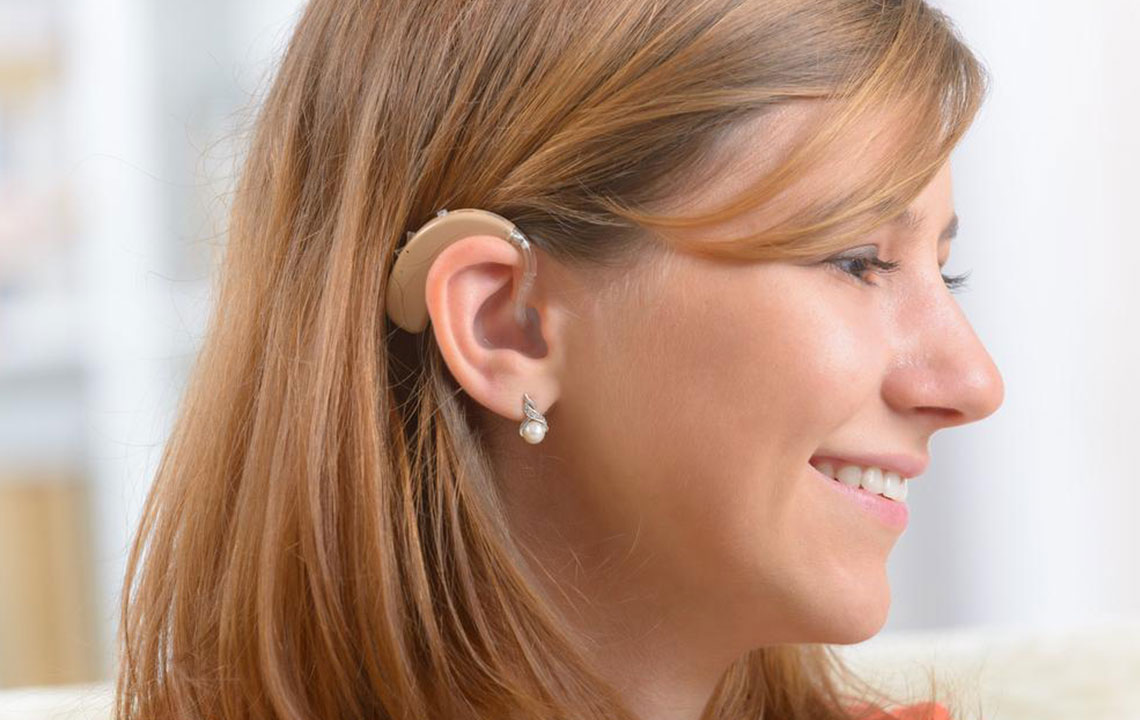Comprehensive Guide to Modern Hearing Aids: Improving Hearing Health with Advanced Technology
Discover the latest advancements in hearing aid technology designed to enhance your hearing experience. This comprehensive guide explores various modern hearing aids options, including their features, benefits, and suitability for different levels of hearing loss. Learn how these stylish, discreet, and powerful devices can improve your quality of life and help you stay engaged with the world. Perfect for those seeking effective hearing solutions tailored to their needs, this article provides valuable insights into contemporary hearing aid choices.

Comprehensive Guide to Modern Hearing Aids: Improving Hearing Health with Advanced Technology
Hearing impairment can significantly impact an individual’s quality of life, but advancements in hearing aid technology have revolutionized the way we manage hearing loss today. Modern hearing aids are now more stylish, lightweight, and durable than ever before. They are engineered to perform effectively across various environmental conditions, ensuring users can enjoy clear sound in diverse situations such as conversations, noisy environments, and outdoor activities. These devices are tailored to match the severity of hearing loss, the shape of the ear, and personal preferences. Understanding the different types of hearing aids available is essential to making an informed choice about which device best suits your needs.
Traditional bulky hearing aids are now a thing of the past, replaced by sleek designs that blend seamlessly with your ear. The evolution of hearing aid technology has introduced a variety of options that cater to different levels of hearing impairment, aesthetic preferences, and lifestyles. Whether you require a discreet device or a powerful aid for severe hearing challenges, there is a modern solution available. This comprehensive guide aims to shed light on the most common types of hearing aids, their features, advantages, and suitable use cases, helping you navigate the many choices in today’s market.
Popular Types of Modern Hearing Aids
Choosing the right hearing aid involves understanding each type's specific features and benefits. Here are the most prevalent options available:
Invisible-In-The-Canal (IIC): These miniature devices sit deep within the ear canal, making them virtually invisible from the outside. They are designed for individuals seeking discreetness while maintaining high performance. Because they are placed deep in the ear canal, IIC hearing aids are less susceptible to wind noise and feedback. However, they require regular removal and cleaning to maintain ear hygiene, and their small size means the battery life might be shorter. Suitable for mild to moderate hearing loss, they are ideal for users who prioritize cosmetic appeal.
Completely-In-Canal (CIC): Slightly larger than IIC, CIC hearing aids are custom-fitted directly into the ear canal. They offer a discreet appearance while providing excellent sound quality. Suitable for mild to moderate hearing loss, CIC devices are easy to handle despite their small size. They are suitable for active individuals who need a device that stays securely in place and is less noticeable.
In-The-Canal (ITC): These hearing aids are partially embedded in the ear canal, making them less conspicuous than traditional models. They provide a comfortable fit and good sound quality for users with mild to moderate hearing loss. ITC devices are easier to handle than smaller models and feature controls accessible from the outside for volume and program adjustments. They are a popular choice for those seeking a balance between discretion and functionality.
In-The-Ear (ITE): Designed to fit snugly in the outer ear, ITE hearing aids are larger than ITC and CIC models. They are suitable for mild to severe hearing loss and can house additional features like directional microphones and telecoils. Because they are more visible than smaller models, they are favored by individuals who prefer easier handling and more robust features. Their larger size allows for longer battery life and easier maintenance.
Receiver-In-Canal (RIC): Known for their sleek design, RIC hearing aids feature a tiny speaker — the receiver — placed inside the ear canal, connected via a thin wire to the body of the device behind the ear. They are nearly invisible and provide superior sound quality with natural acoustics. RIC models are versatile, suitable for various degrees of hearing loss, and are highly customizable including features like Bluetooth connectivity for wireless streaming from devices such as smartphones and TVs.
Behind-The-Ear (BTE): These devices rest behind the ear and connect to a custom ear mold via a thin tube. BTE hearing aids are highly effective for all types of hearing loss, including severe to profound impairments. They are particularly durable and easier to handle, making them a popular choice for children and active users. Modern BTE models come with advanced programming options, wireless connectivity, and long-lasting batteries, providing excellent sound clarity and comfort.
Body Worn Hearing Aids: For individuals with profound hearing loss, body-worn hearing aids are a powerful option. These devices include a small external box that houses the main component, connected to the ear via a tube or wire. They are often used in cases of severe to profound deafness, especially in clinical settings or for users who require maximum amplification. Although larger and less discreet, they are highly effective in providing sound amplification for users with complex hearing needs.
While modern hearing aids significantly improve auditory experiences and can drastically enhance your quality of life, it is important to understand that they do not cure hearing loss. Instead, they serve as essential tools to help amplify sound and improve communication. Proper fitting, usage, and regular maintenance play crucial roles in maximizing their benefits. Consulting with an audiologist or hearing specialist ensures you choose a device that best suits your hearing profile and lifestyle.
Overall, advancements in hearing aid technology have made these devices more accessible, affordable, and effective. With a wide variety of options available, anyone with hearing difficulties can find a device that complements their needs and preferences, allowing them to remain engaged, independent, and connected to the world around them.





